Climate adaptation
Storing excess water
From 2050, incidences of heavy rainfall in the Netherlands are likely to increase by around twenty per cent compared to 2021, and the rainfall will also increase in intensity. In addition, there will be longer periods of extreme heat (see the website of the Royal Netherlands Meteorological Institute, KNMI for more information).
Until recently, the practice was to drain water as quickly as possible, in part via rainwater drains. But things are changing: new buildings are no longer permitted to drain rainwater into the sanitary sewer. Instead, a climate-adaptive area stores excess water so that it can be used later in a period of drought. This way, the area works as a kind of sponge. In line with this idea, climate-adaptive measures have been applied on the Leiden Bio Science Park, both below and above ground.
An incubator for innovation

Permeable surfaces

Bioswale at Nucleus building

Bioswale BioPartner 5







